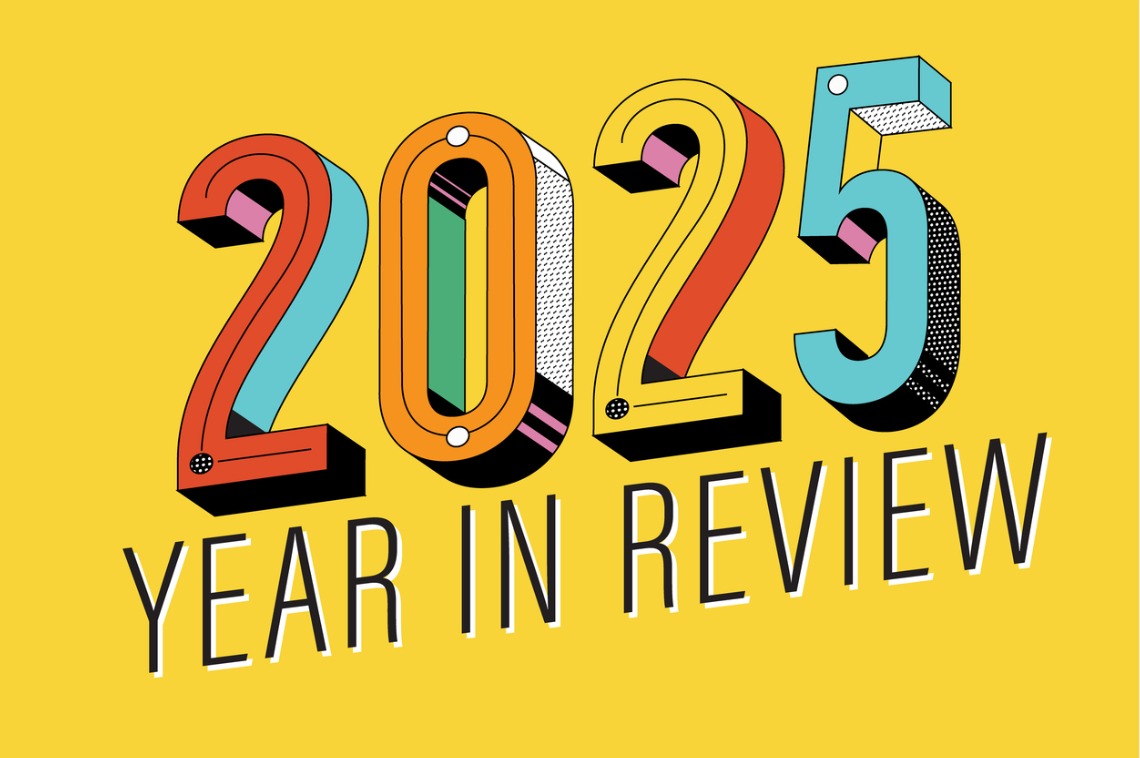G
en Z and early‑millennial renters are expected to stay with their parents for years, as the dream of homeownership feels increasingly out of reach. Yet Corcoran Group chief Pamela Liebman, who has spent four decades in real estate, argues that the current hurdles are no different from those faced by previous generations.
Liebman began her career at Corcoran in 1984, just 23, and has witnessed several market crashes and shifts. She says buying a first home today is as tough as it was three decades ago—at least in New York. “It’s still hard,” she told Fortune. “Back then the options were fewer; people were concentrated in a handful of neighborhoods like the Upper East and West Sides, Chelsea, Flat Iron, and the emerging Tribeca. Those areas were the only desirable spots.”
Now the city offers far more choices, but finding a great rental or a starter apartment remains a challenge. “There’s more inventory, but the competition is fierce,” she added. She also points out that young professionals now have unprecedented access to opportunities if they’re willing to showcase their skills and seek roles that value growth and contribution. “It’s an incredible time for those who can prove their worth.”
Interest rates are easing, which benefits both borrowers and brokers. “We love to see activity and people moving,” Liebman said. She predicts that lower rates will flood the market with more listings, as homeowners who are locked into low‑rate mortgages will be tempted to sell. However, the same rate drop will also attract buyers who have been waiting, so prices may not fall immediately. “The hope is that reduced carrying costs will bring some affordability back into the market,” she explained.
Liebman encourages flexibility in location. “If you’re not fixated on a single area, you can find a much better deal elsewhere—say, the Upper East Side instead of the West Village,” she said. “It’s not as expensive, and you’ll still be in a desirable part of the city.”
For those still renting, the key to saving for a home is cutting unnecessary spending. “Stop buying Starbucks,” she advised. “Small daily expenses add up fast.” She highlighted the cost difference between taking an Uber and riding the subway, and the tendency to dine out or spend on nightlife. “Those habits can drain your savings.”
She also noted a trend toward dinner clubs, where friends cook at home, and the enduring practice of shared apartments. “Living with roommates is still a smart way to reduce costs,” she said. “Even Mark Cuban started out with five roommates in a three‑bedroom flat.”
Liebman stresses that the first apartment doesn’t need to be perfect. “You’ll have a year or two to save, and then you can upgrade to something that better fits your needs,” she said. “Everyone makes compromises, no matter how much they spend. The important thing is to keep moving forward.”















